YYYYMMDD >>> BACK HOME <<< >>> SELECTED FEATURES <<< >>> HIDDEN ARCHIVE <<<
[20211130]
WAKE UP IN A HOUSE CALLED SEASON by GUAN XIAO at KRAUPA-TUSKANY ZEIDLER [from 20211113 to 20220115]
[Phots: def image]
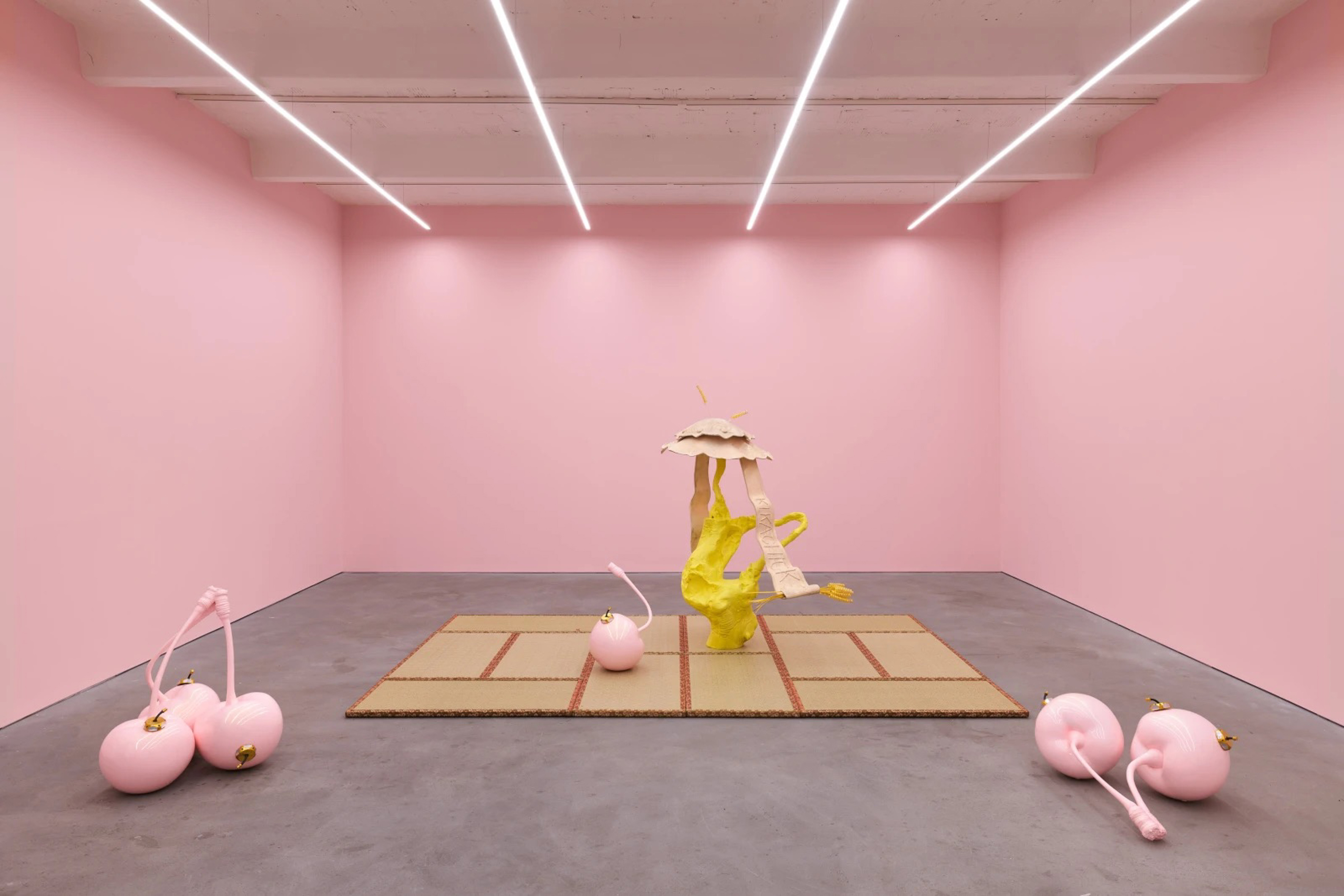
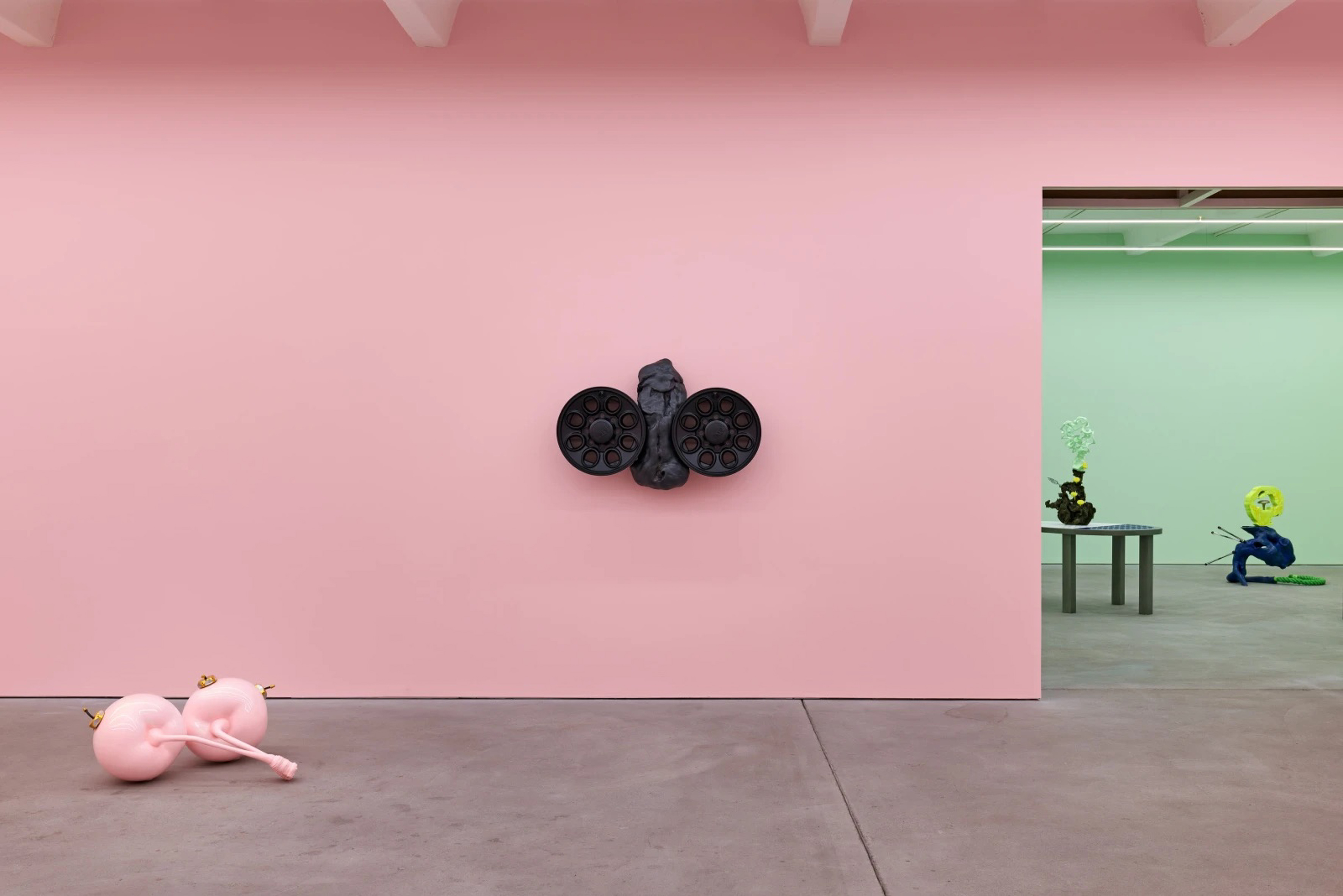
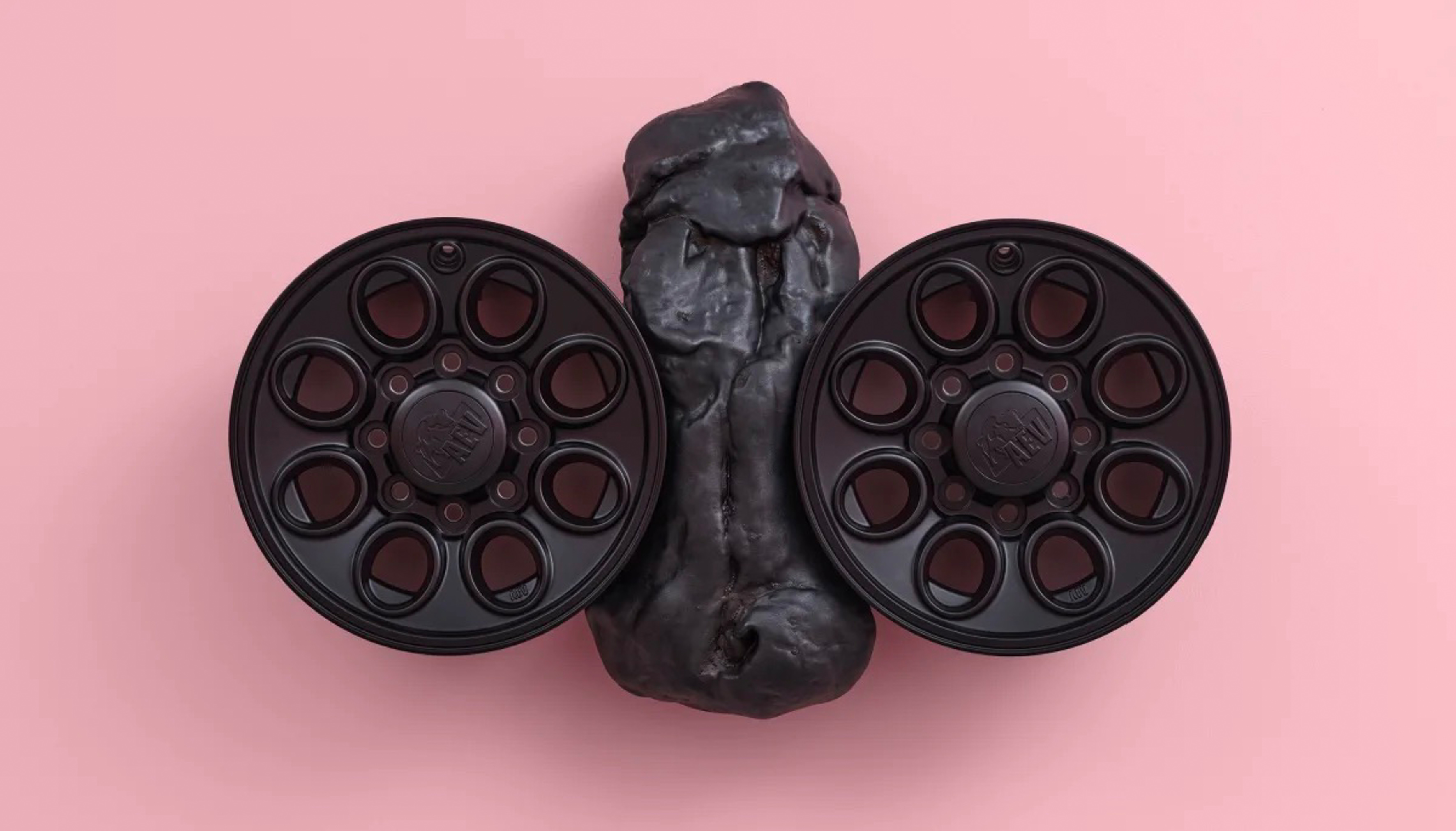

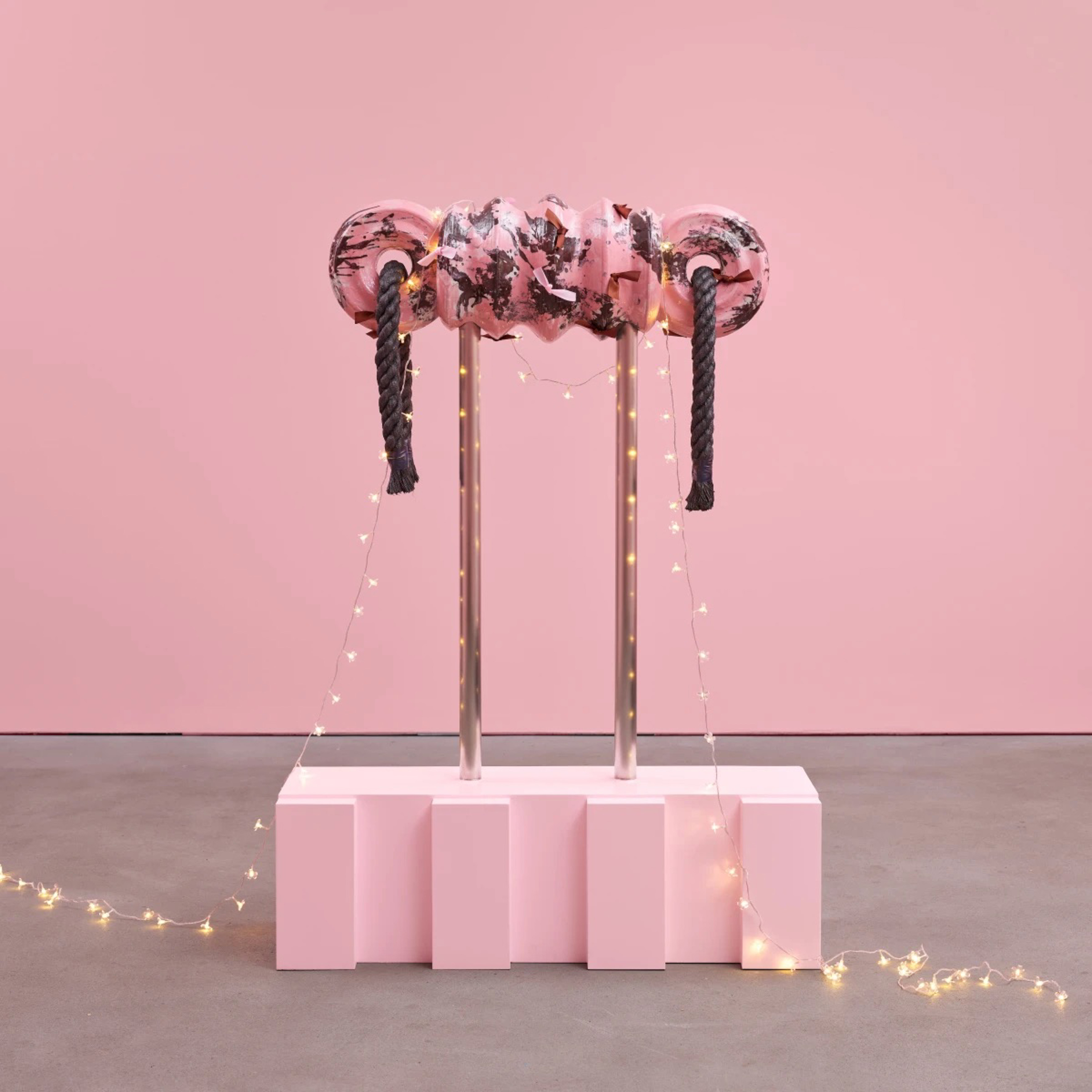
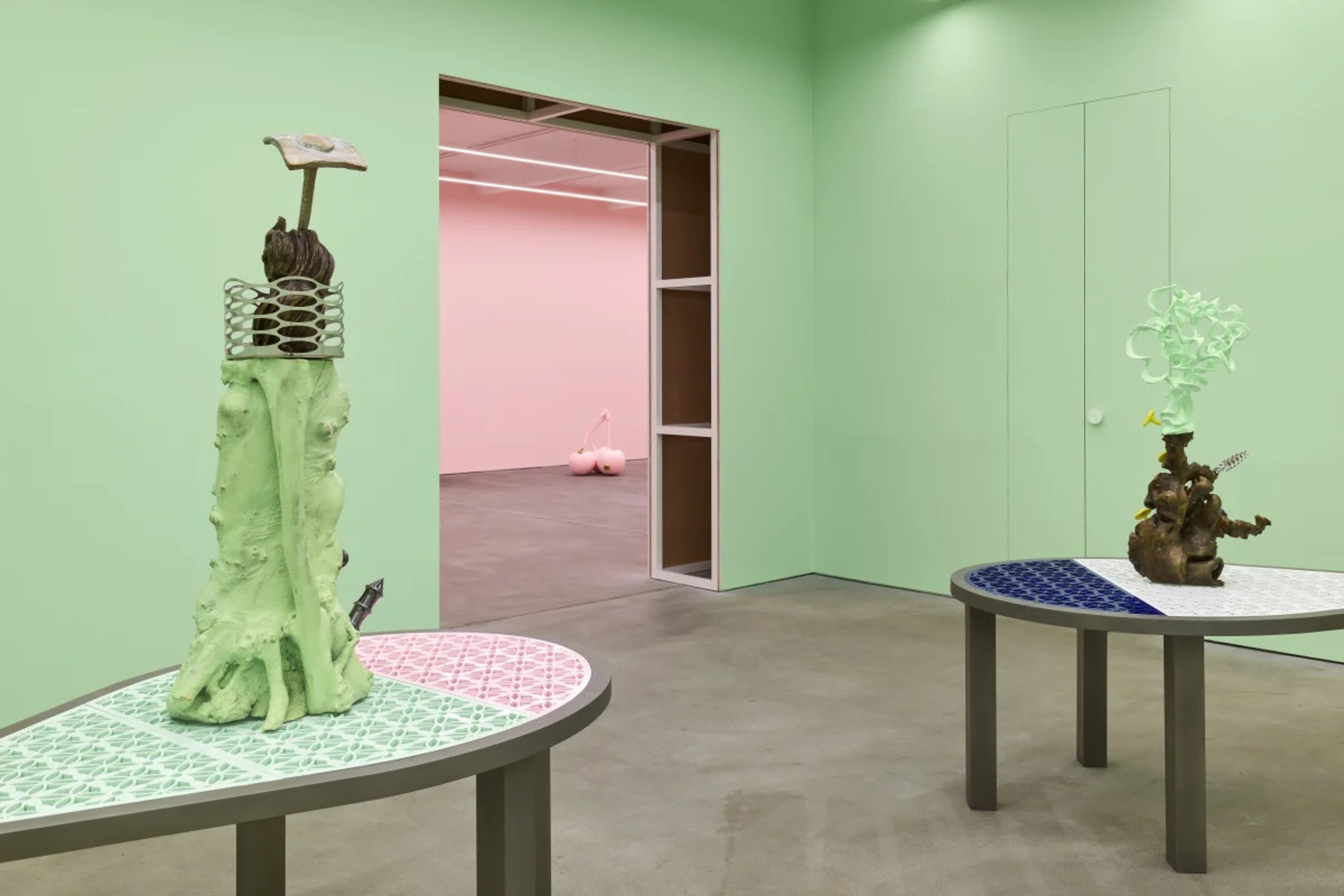
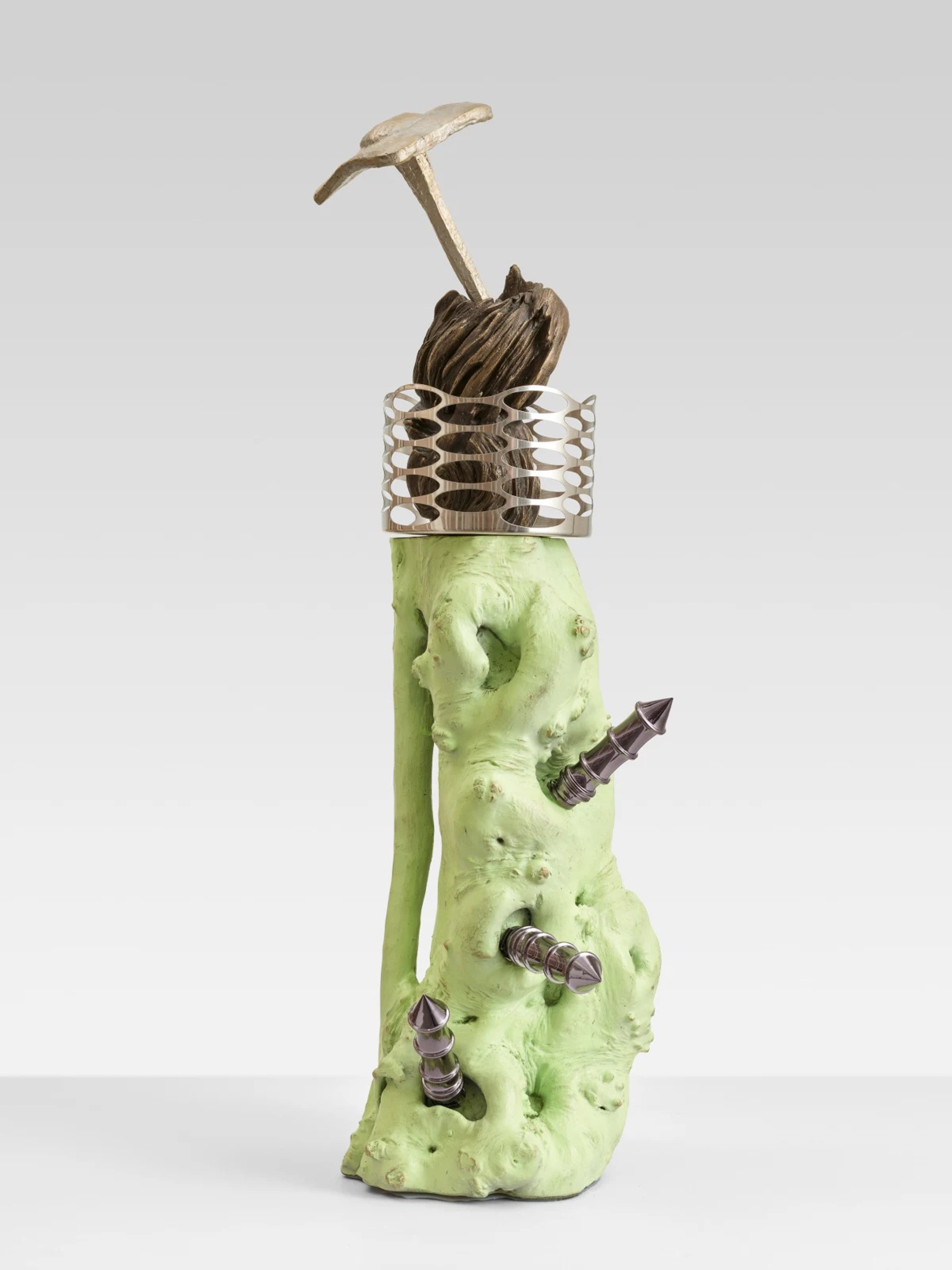
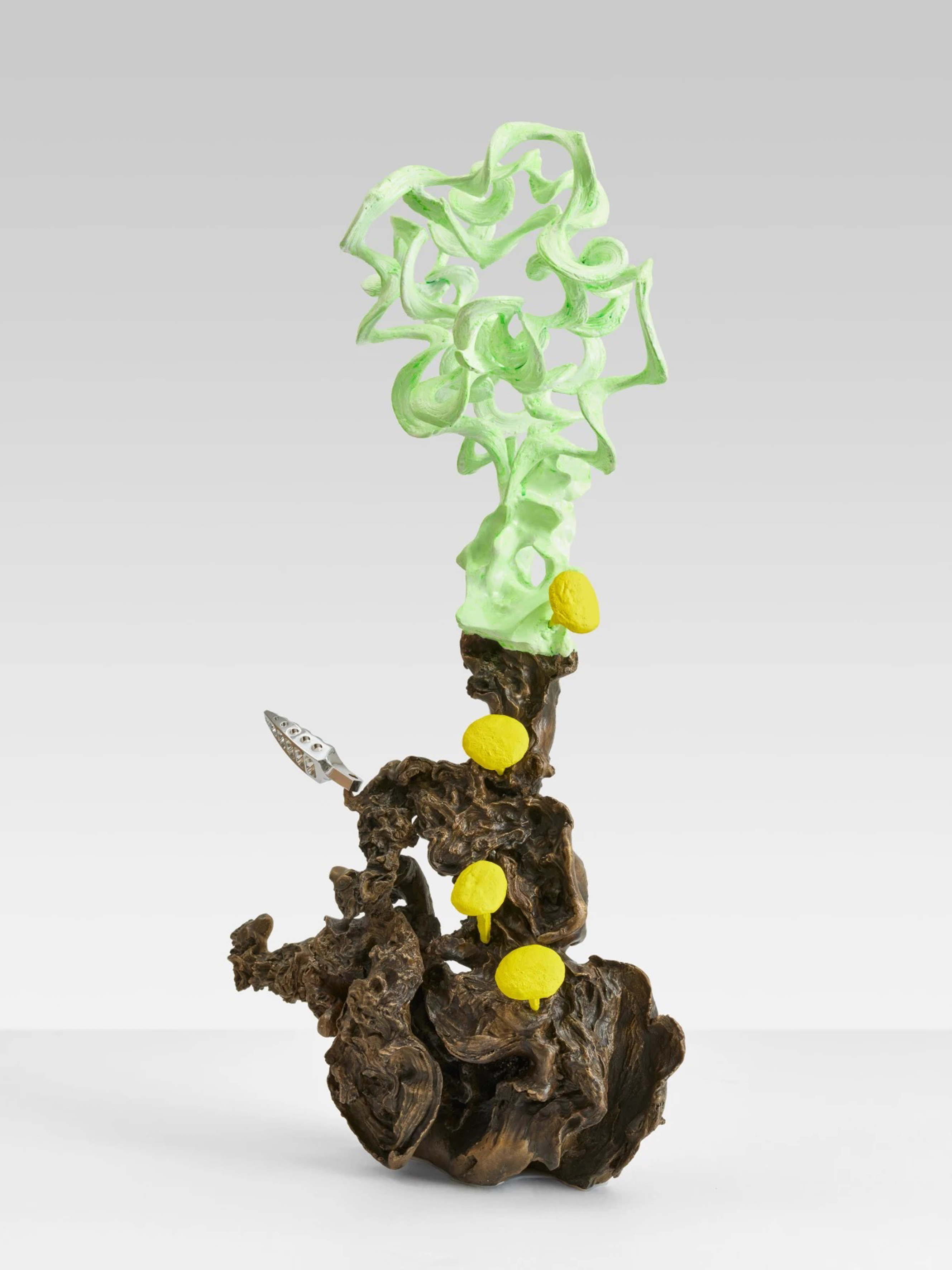
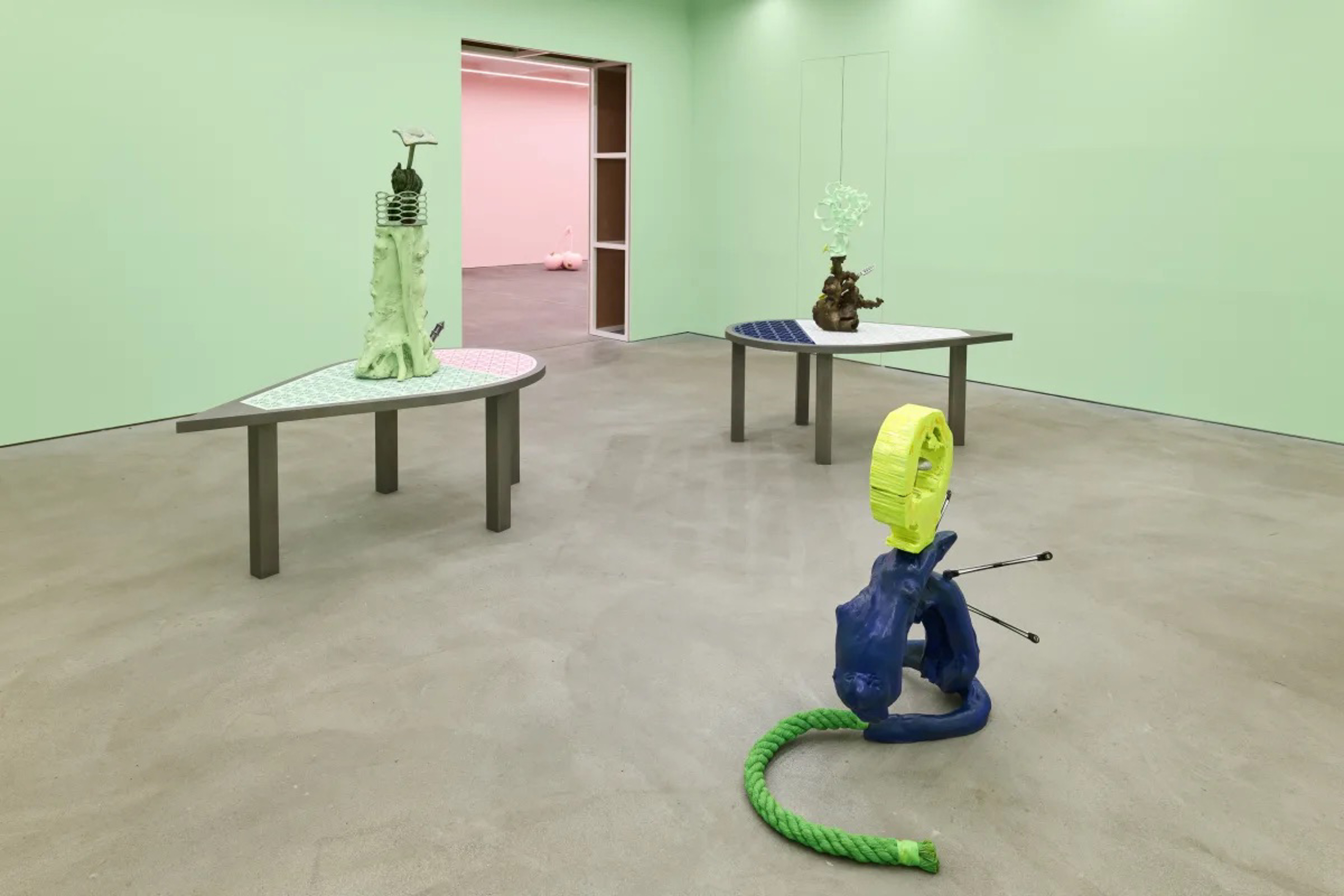
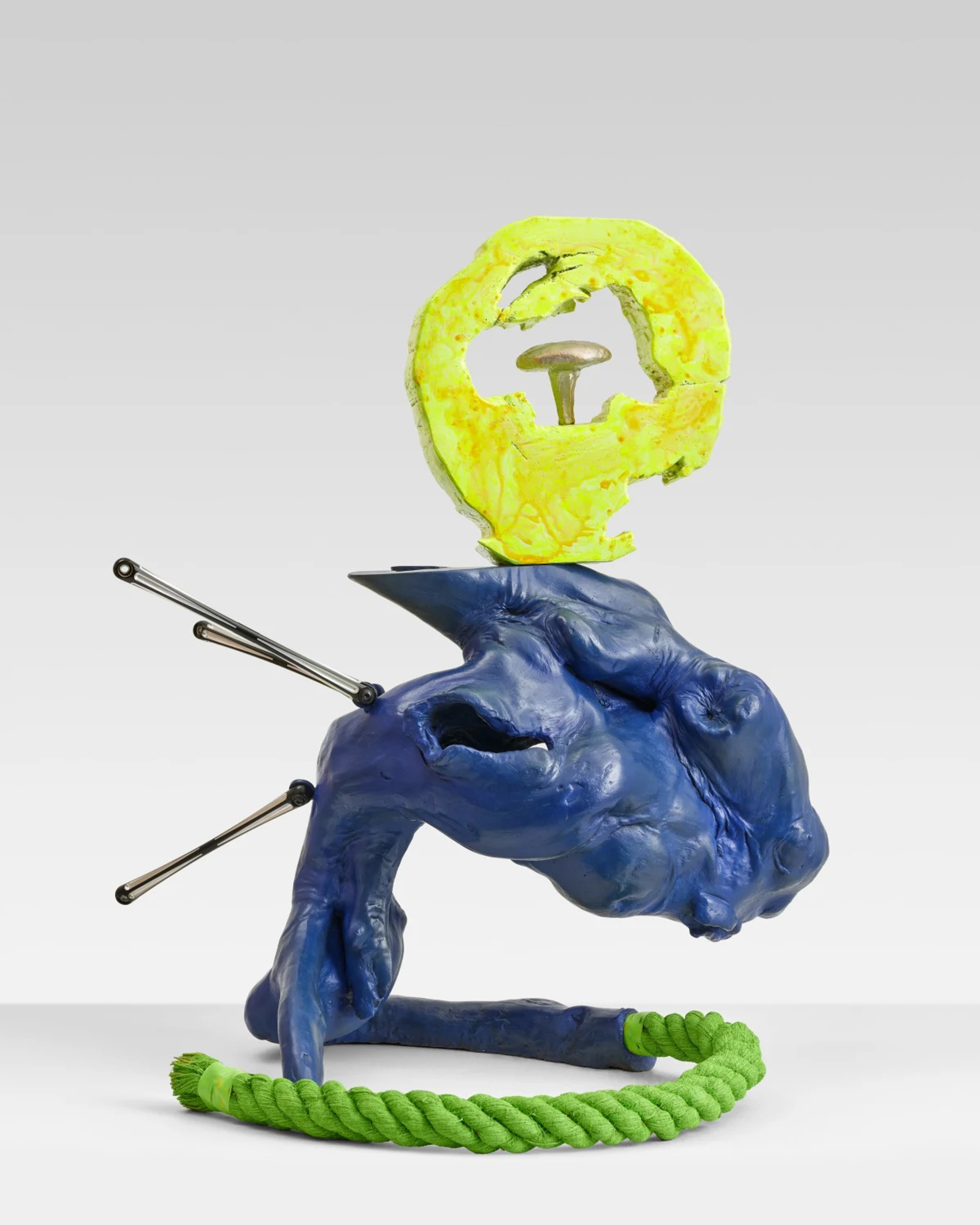
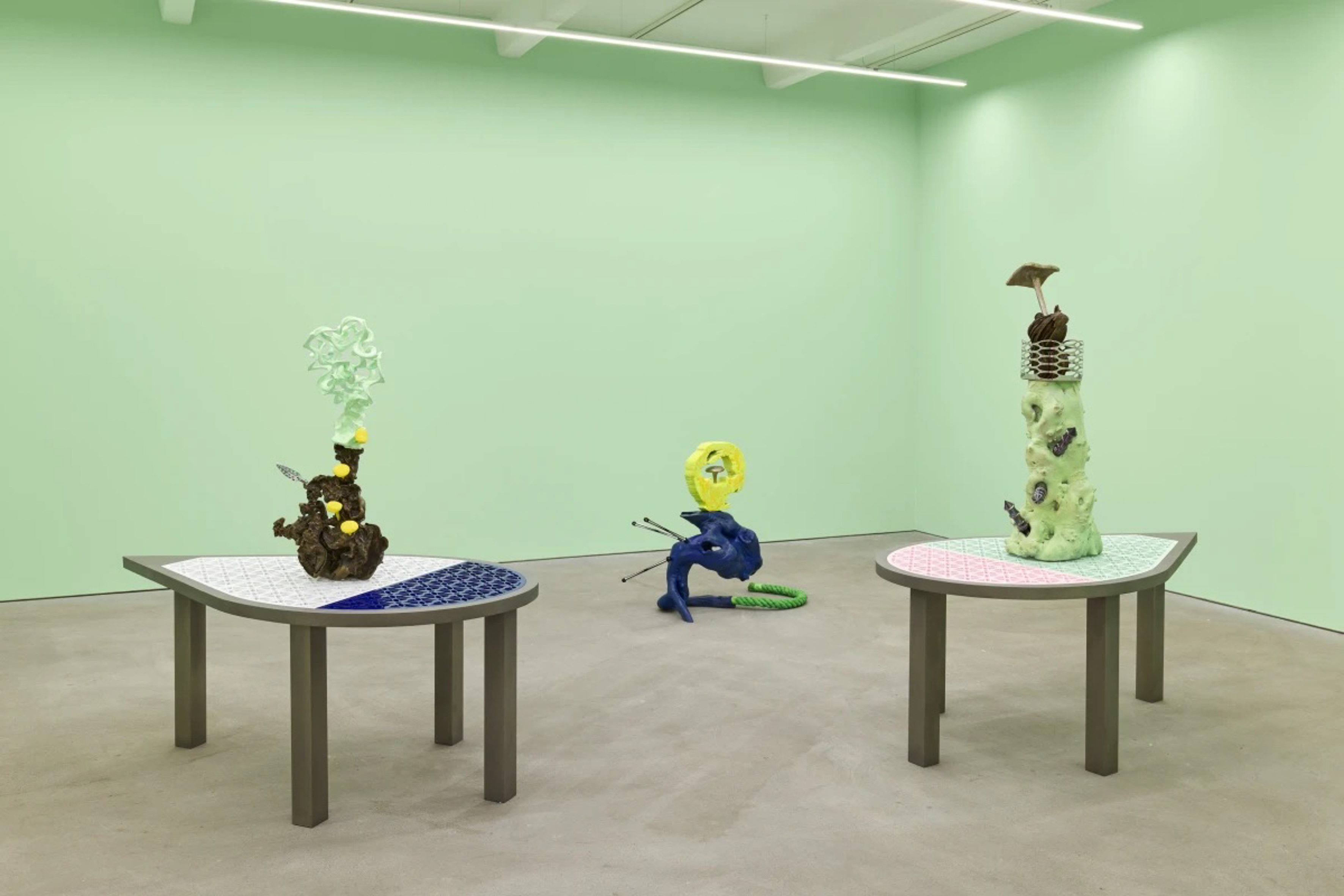
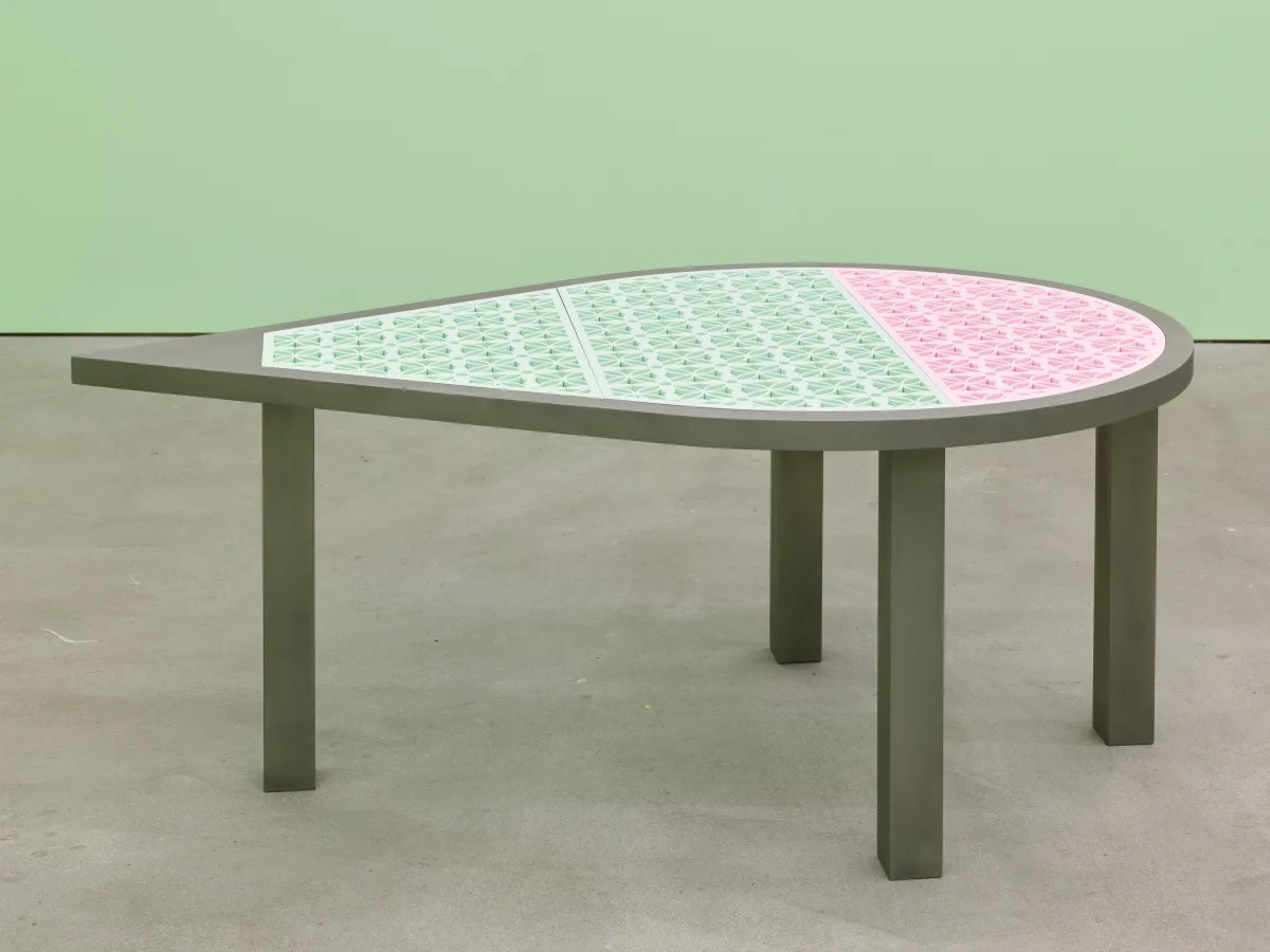
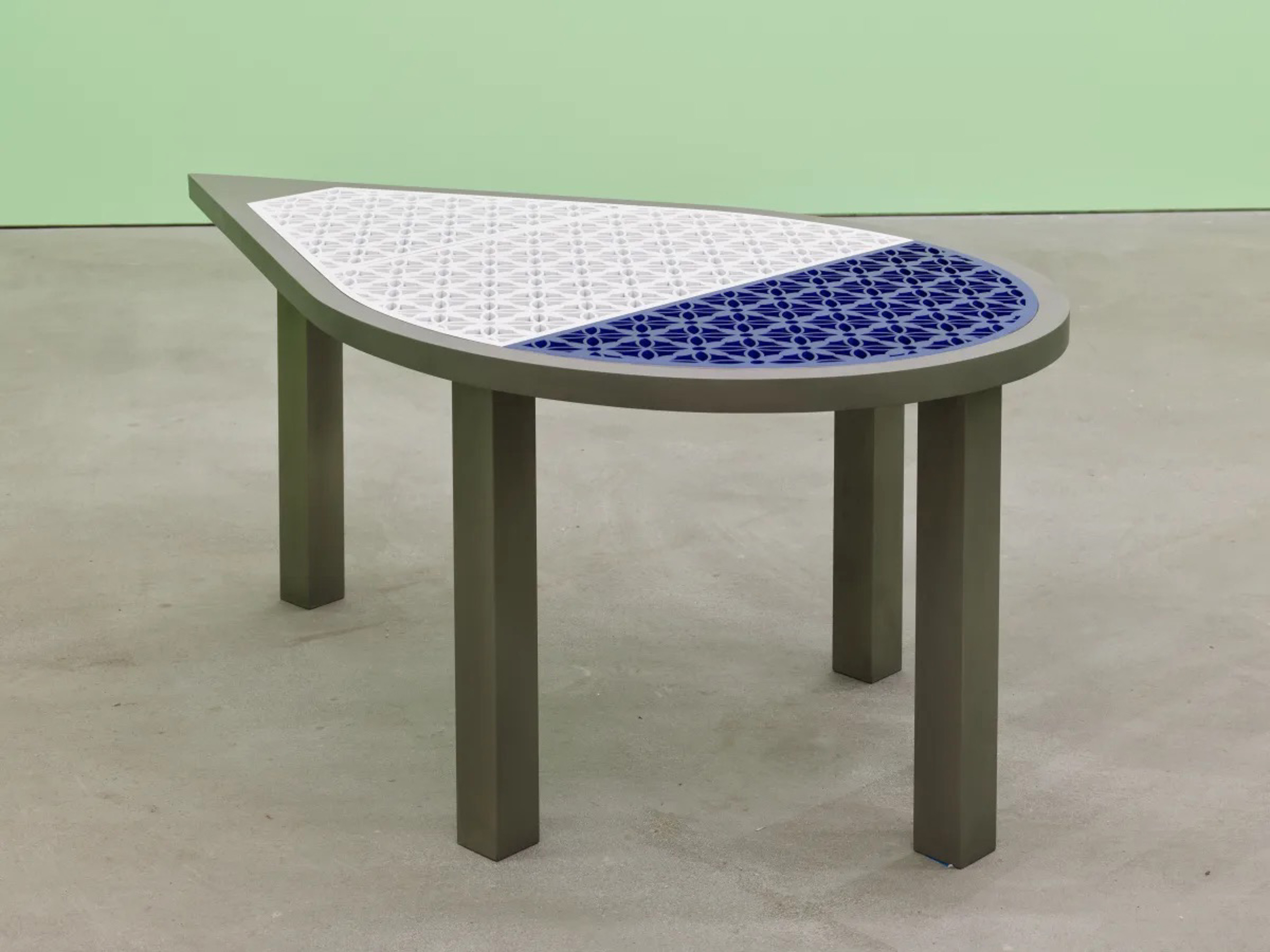
No flooring is installed at the front of the stage, instead two sheets of felt are laid in place. A bright red color is warmly reflected in the drum skin of the samisen, and on the elegant hands of the fiddler. A slender stand made of paulownia wood is engraved with the seven treasures sashiko pattern. The audience sit facing each other on both sides of the felt carpet.
The grandmaster sits at the kamiza, while the second master sits at a lower seat. Further down are the young master Ogawa and other men and women, the men on the right side and the women on the left. The performance hasn’t started yet, the masters are softly discussing. The performance at the ceremony ended just a minute ago, while the guests, with their heads lowered and bodies reclining, are whispering gossip about others or today’s repertoire with those sitting next to them in a cordial though inattentive manner.
The snow that started at noon has bent the pine trees in the courtyard. The bamboo, cypress and podocarpus are also laden with snow. Intermittent waves of sounds flutter like the falling snow in the courtyard, piling up in the room and warming up. Suddenly, a stream of chords sweeps across like the sound of a gavel loud and clear, the second master’s hefty voice breaks through the roomful of murmurs, slices open a space of silence.
At this very moment in the courtyard, Kikachick is stepping towards the snow-covered stage, while a faint tinge of pink reflected from the lights under the deep blue dusk is shimmering on its icy surface.
Story of Kikachick [Guan Xiao]
All things overlap in a cycle continuously, and the future is not a noun about time, but an unknown adjective. The ancient and modern, seriousness and humor, the technological and the prehistoric coexist on the same plane, despite various human attempts to neatly compartmentalize them. Guan Xiao seeks to uncover the past that exists in the future and vice versa.
Any pair of two supposedly contradictory entities can be equalized, reversed, or resolved from a certain angle. Deeply influenced by David Mitchell's novel Cloud Atlas and Roberto Bolaño's 2666, Guan Xiao has been trying to catalyze conflict between pairs of divergent materials, as if to encourage them to form a (contentious) relationship. During such conflict, the elements realize their mutual transformation and this conflictual dynamic is materially inscribed into the works in the exhibition. Any structure or material used carries within itself the germ of its opposing force that completes or disturbs its equilibrium.
A-side
Kikachick is stepping towards the snow covered stage… (2021), is staged on tatami mats. Round cherries are scattered on the mat, possibly offering themselves to be cut into a red soft and juicy flesh, decorated with smooth, black pits inside. Motorcycle fuel tanks topping the cherries extend their industrial arms toward the viewers, like creatures wanting to be picked up. This combination makes the concept of artificiality redundant, as the split between “fake” and “authentic” ceases to be relevant.
Guan Xiao finds wonder in the industry of agriculture. With agriculture, she speaks of the magic (witchcraft and science) that lies not in the development of new products, but the possibility of life. The produce from agriculture is life in itself and sustains and regenerates life beyond. Fruit is the culmination of this possibility, an ultimate readymade, found piled in stores in large quantities, manufactured in controlled immaculateness.
Ceramics is often thought of as a traditional material, in opposition to industrialized sharpness, precision and repeatability. In Dark eyes as dark as the eyes (2021), a protruding ceramic nose, along with jet black rims constitute an ever-shifting portrait, as if the gallery walls could gaze back.
B-side
Two table-like sculptures, each called Lotus Leaf (2021) are present in the glow of light green. These tables are formed with lattice patterns that mimic leaves, light and hollow like paper-cut works. The sculptures are based on two different tree root forms spliced together vertically, like inherently crossbreed creatures that inhabit a calm outdoors.
For Guan Xiao, the dichotomy of outdoors/indoors is consistently unstable. At once, the glowing, colored rooms indicate a synthetic notion of warm indoors and a lush, green outdoors, or perhaps a luscious watermelon. The works on view are mutant spawns of traditional sculptures, as well as life forms whose boundaries never stop leaking.
Guan Xiao (b. 1983) lives and works in Beijing. Her practice focuses primarily on sculpture, video, and installation. Combining a wide array of visual references, Guan Xiao continuously reinvents her biographical details such as identity, personal history, geographical background and the experience of her daily life by inscribing them into her exuberant works. Guan Xiao takes her sculpture and installations as virtual characters or “species” which she imbues with a new, literalized identity. The artist attempts to emphasize the importance of difference by creating purposeful contradictions between the materiality and the concept.
Guan Xiao graduated from the Communication University of China and has exhibited internationally. Her work has been featured at MUDAM (2021); the 34th Bienial de Sao Paulo (2021); Belgrade Biennial (2021); Antenna Space, Shanghai (solo; 2020); Skulpturenpark Cologne (2020); X Museum Triennial (2020); Kunstmuseum Sankt Gallen (2020); Sharjah Art Foundation (2020); Bonner Kunstverein (solo; 2019); Contemporary Art Museum, St. Louis (solo; 2019); Migros Museum, Zürich (2019); Kunsthalle Winterthur (solo; 2018); High Line, New York (2017); the 57th Venice Biennale, Venice (2017); Julia Stoschek Collection, Berlin (2017); M HKA Museum of Contemporary Art, Antwerp (2017); 9th Berlin Biennale, Berlin (2016); Jeu de Paume, Paris (solo; 2016); the K11 Art Foundation, Shanghai (2016, solo); ICA, London (solo; 2016).
>>> Find a review by Alexandra Karg on gallerytalk.net
[Text: Kraupa-Tuskany Zeidler]
©YYYYMMDD 2021 All content and design by Daniela Grabosch + Ricardo Almeida Roque unless otherwise stated. Images, Videos and Texts can only be used under permission of the author(s).